#Garo: Divine Flame
Explore tagged Tumblr posts
Photo










Gotta love this scene in Divine Flame, cos not always you get to see these hearfelt exchange between father and son. Not to mention that Leon still had a hard time dealing with German’s death...❤
2 notes
·
View notes
Text








0 notes
Text
Honoo no Kokuin -DIVINE FLAME- - JAM Project JAM Project×Garo LIVE 2023 Rekka Ensou
13 notes
·
View notes
Text
Happy (late) 30th birthday, Arisa Komiya!

Characters pictured above from left to right:
Mana Kase from D4DJ First Mix
Sara Vazelia (Cristina Vee) from Garo: Divine Flame
Dia Kurosawa (Morgan Garrett) rom Love Live! Sunshine!!
Urara Kusakabe from Star Blazers: Space Battleship Yamato 2202
Akyanba from Uchu Sentai Kyuranger
Yoko Usami AKA Yellow Buster from Tokumei Sentai Go-Busters
Aki Shirokane from DENONBU
[Wanted to lighten the mood a bit after making two bleak blog posts]
[I skipped the one on the bottom left next to Akyanba since I couldn't find the source for the image nor any actor database site that included all of Koimiya's. I assume that's an animated version of herslef?]
#arisa komiya#love live#love live sunshine#d4dj#tokumei sentai go busters#super sentai#denonbu#uchuu sentai kyuranger
6 notes
·
View notes
Text
i forgot how much i liked leon luis i need to finish garo divine flame
0 notes
Text
Assistir Filme Garo: Divine Flame Online fácil
Assistir Filme Garo: Divine Flame Online Fácil é só aqui: https://filmesonlinefacil.com/filme/garo-divine-flame/
Garo: Divine Flame - Filmes Online Fácil

Leon, que conseguiu suceder o nome do cavaleiro dourado "GARO", dedica-se à formação de um jovem Ccavaleiro Makai para a próxima geração, juntamente com o príncipe Alfonso do reino Valiante. Eles então recebem uma ordem para exterminar a mais bela Horror no mundo que reside em um país vizinho "Vazelia". Ao mesmo tempo, um jovem cavaleiro Makai é sequestrado por uma pessoa desconhecida. Leon segue desesperadamente seu rastro, apenas para descobrir que ele está cercado por seus inimigos em um beco sem saída. Em seguida, o cavaleiro Makai Dario que supunha-se estar a desaparecido por algum tempo, de repente aparece e o resgata. Sob a sua orientação, Leon é levado para a cidade onde ele se encontra com uma pessoa totalmente inesperada.
0 notes
Text
GARO The Animation
Going to divide these by era not release order

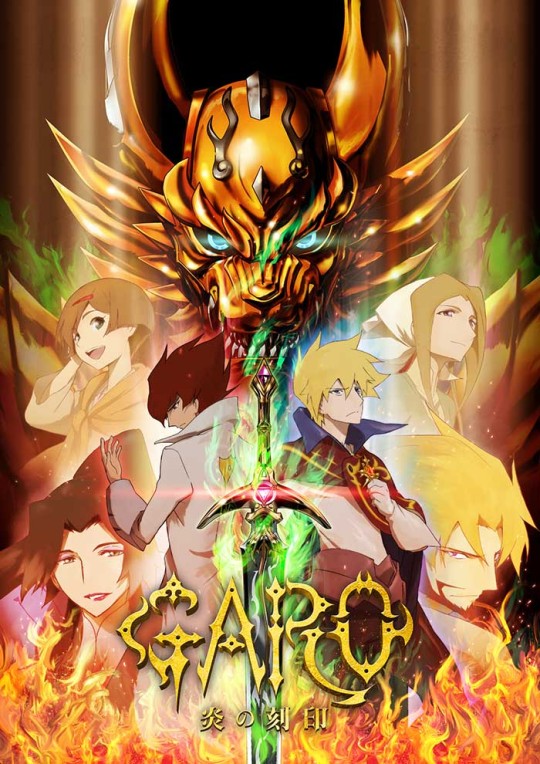
GARO -Honoo no Kokuin- (2014-2015)
17 years ago MENDOZA, a traitor to the Makai, orchestrated a purge of Knights and Priests within VALIANTE, branding them as witches in the eyes of the King, the culmination of this purge was the public burning of the witch ANNA LUIS, who gave birth on the pyre, her child was then rescued by a Silver Wolf. Now, as VALIANTE has expanded into surrounding nature's and brought the purges there, GÉRMAN LUIS, the Shadow Knight ZORO, and his son, LEON LUIS, who has inherited via ANNA the Golden Knight GARO, and struggles to control it due to the flames that burn from his rage at his mother's death, begins making their way back to the capital of SANTA BARD, aiming to stop MENDOZA and destroy the HORRORS he controls, along the way they come into contact with surviving Priestess EMA GUZMAN, who while working for similar purposes, has her own agenda and doesn't trust Makai Knights. Meanwhile, MENDOZA, alerted by handmaiden OCTAVIA to a previously unknown link between the Queen and the Makai, has her arrested, forcing Crown Prince ALFONSO SAN VALIANTE to go on the run, discovering the truth of his nation's recent history, and discovering his destiny.
A bonus episode came out exclusively on the boxset, and a special drama CD came out at Comiket during the series.
OP: Honoo no Kokuin -DIVINE FLAME-, B.B., Both by JAM Project
ED: CHIASTOLITE by Sasaki Sayaka, FOCUS by Morikubo Shotaro
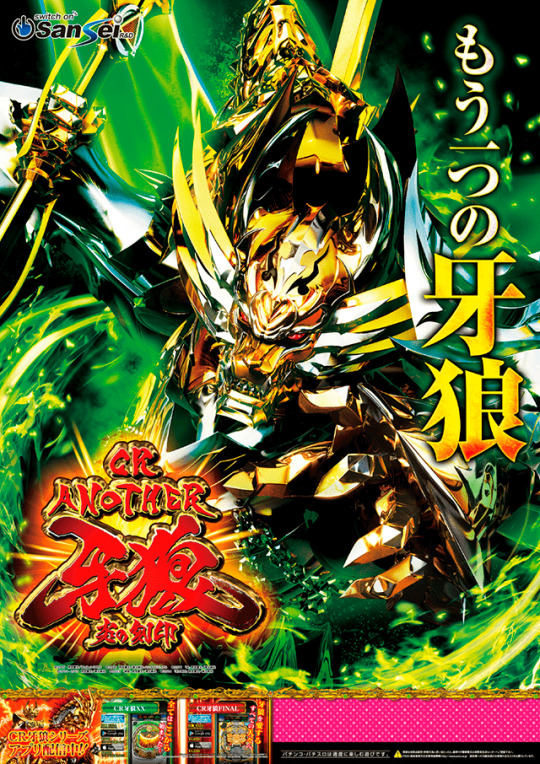
CR ANOTHER GARO -Honoo no Kokuin- (2016)
Do date the only Pachinko Machine for an anime season, similar to the Ryuga machines it has two types of battle setting.
Among the new songs included are Darkness Waltz by Sasaki Sayaka, JUSTISAVIOUR by LEON, and Bloomy Stories by LARA
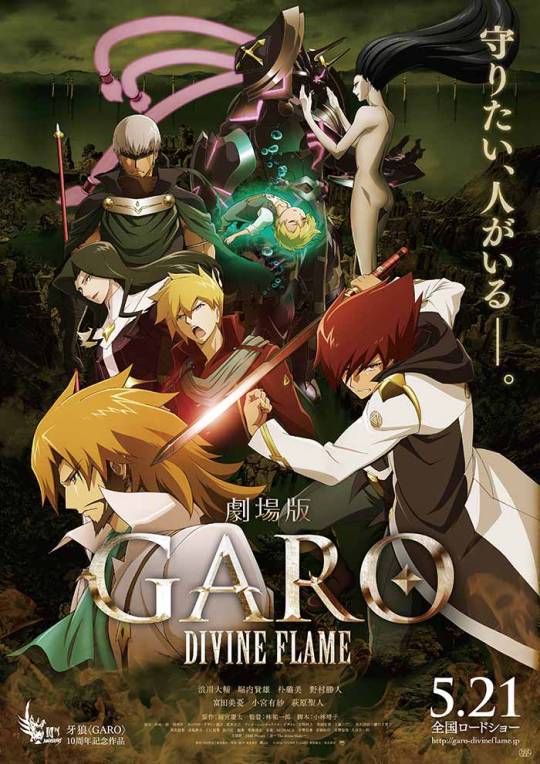
GARO -DIVINE FLAME- (2016)
4 years after their last battle together, the heroes are reunited to deal with a new threat partly left over from MENDOZA, as LEON teams up with Makai Knight DARIO MONTOYA to investigate the threat.
OP: YAIBA ~the divine blade~ by JAM Project
ED: HOWLITE by Sasaki Sayaka

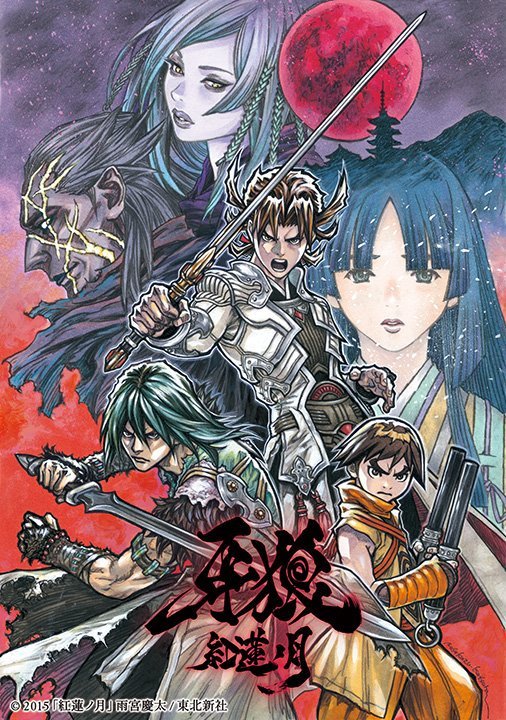
GARO - Guren no Tsuki (2015-2016)
Imperial Capital HEIAN-KYO is safe from the Horrors roaming beyond it's bounds, thanks to the efforts of Onmyoji mystics. RAIKOU, the Golden Knight, is currently the only Makai Knight in the city, and is unable to use his armour at will thanks to a seal placed on ZARUBA in an effort to prevent him losing control again after he was found out of control outside the city by his mentor, the Makai Priestess SEIMEI, the granddaughter of two of the most renowned Onmyoji in HEIAN-KYO. They also fight alongside RAIKOU's squire KINTOKI, who has not aged since the day he and SEIMEI found RAIKOU. The three try and contend with not only Horrors appearing in the city, but also with the political machinations of FUJIWARA no MICHINAGA, the man who rules over the city from the Palace of Light, and seeks to cement his position by any means necessary, including seeking to control a Makai Knight, and the schemes of the dark Onmyoji ASHIYA DOMAN and his mentor Priest DOUMA, who SEIMEI has history with.
OP: Guren no Tsuki ~Kakusa Reshi Yami Monogatari~, Gekka. Both by JAM Project
ED: Kamon by Sasaki Sayaka with Inari Bayashi, Karen by Inari Bayashi. Inari Bayashi consists of the Voice Actors for the three Inari, Udono Maui voices Ten, Sato Eriko voices Shiro and Sasaki Sayaka voices Sora. For Karen they are joined by Ohashi Ayaka, who voices Kaguya.
As with the previous season, a bonus episodes was included on Blu-ray
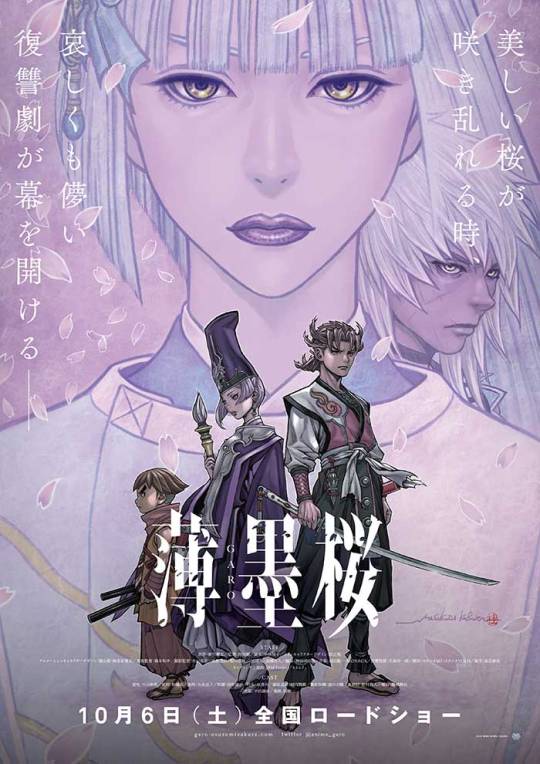
Usuzumizakura GARO (2018)
Sometime after the Crimson Moon is resolved, RAIKOU, SEIMEI and KINTOKI become embroiled in MICHINAGA's machinations again, as the city is in uproar pursuing the criminal TOKIMARU, and encounter AKIRA, an Onmyoji and Makai Priestess who has newly gained MICHINAGA's favour, as the city comes under a new threat, as MICHINAGA's sins may finally catch up with him.
ED: Hitohira by JAM Project
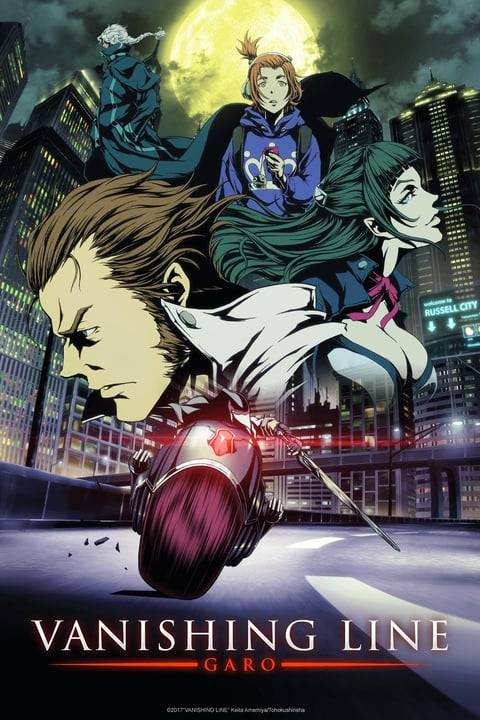
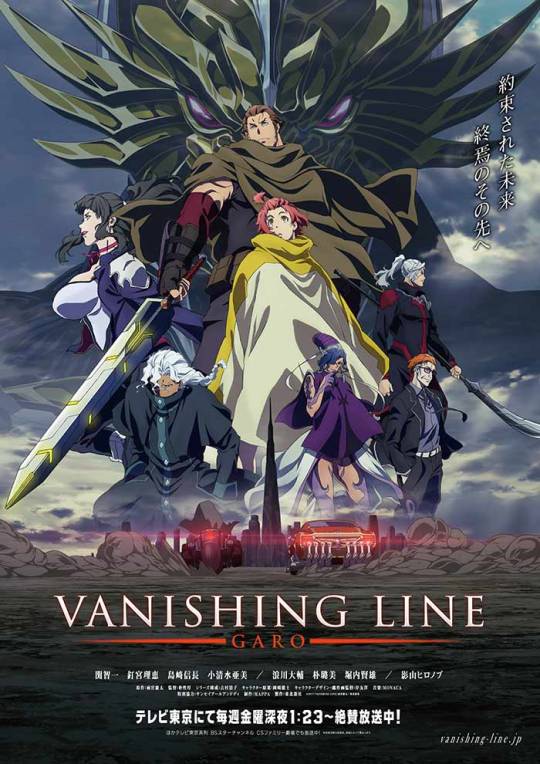
GARO -VANISHING LINE- (2017-2018)
In the American metropolis of RUSSELL CITY, orphan SOPHIE has been looking for her missing brother for two years, with only the word EL DORADO for a clue. An encounter with a HORROR sees her saved by the Golden Knight, SWORD. Learning SWORD is also seeking EL DORADO, she tries to get closer to him, also encountering his Makai Priest allies LUKE and GINA. But soon her investigation takes a strange turn, as the mysterious KNIGHT comes hunting for SOPHIE, for the KING of EL DORADO demands her presence.
OP: EMG by JAM Project, HOWLING SWORD by Kita Shuhei
ED: Sophia by Okui Masami, Promise by Yonekura Chihiro, Everything is for my sister
Also includes the insert Tomorrow With You by MIWAKO.
Usuzumizakura GARO Crossover Drama CD (2018-2019)
3 Drama CDs came out as theatre attendance bonuses, with a 4th exclusively with the boxset. Each CD sees characters from across the series brought together by mysterious circumstances.
Guide to GARO: Reintroduction
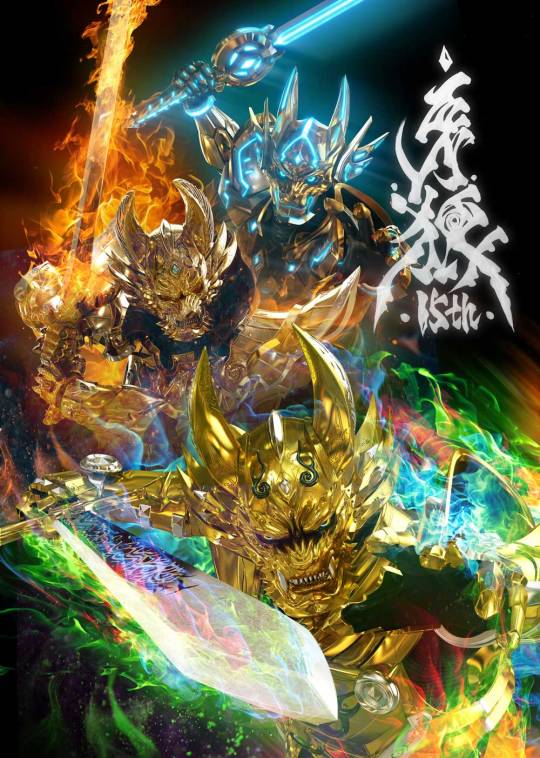
Approximately 4 years ago, I initiated a series of posts introducing every aspect of the GARO Franchise (all under the GARO tag here) and have endeavoured to keep these up over the years over some 30-40 posts. However, the first major media development since then has recently finished, and while I have already covered it, I felt updating the Introductory post was prudent, and will cover the basics and breakdown the franchise.
The Basics
"Where there is light, shadows lurk and fear reigns. But by the blade of Knights, mankind was given hope."
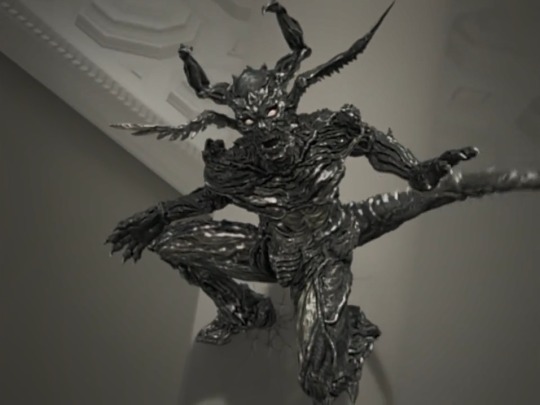
In the world of GARO exists HORRORS, demonic entities from the Makai Realm, which consume humans, and can possess those who do all to darkness. When possessing a human a Horror can only be identified by the reaction of it's eyes to a Madou Flame. The only thing stopping the Horrors are the Makai Order.
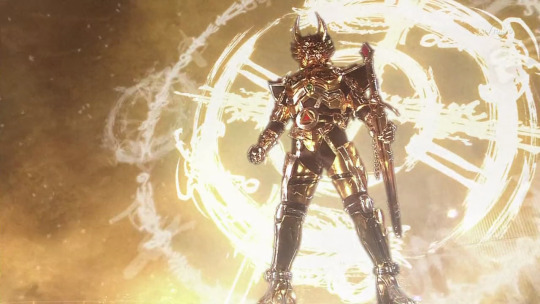
The greatest opposition comes in the for of the Makai Knights, warriors who fight with weapons and magical, wolf-shaped armour made of mystical Soul Metal, the armour summoned by creating circles of light with their weapons which the armour emerges from. The most revered, and commonly considered the strongest Knight is the Golden Knight GARO. While the Knights focused on in a series are normally titles Knights with a unique armour, many Knights are without title and possess a generic armour. An Armour and Title will typically be passed down from father to son, or master to student. Due either to a law or some other factor, women may not be Makai Knights
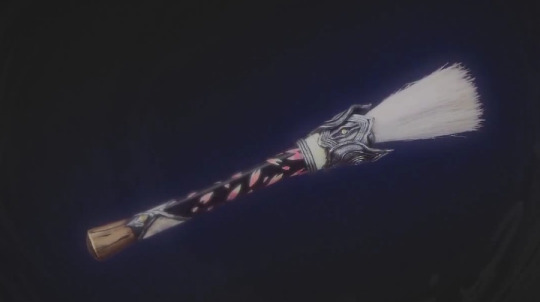
The other main opponents to the Horrors are the Makai Priests, who rely on spells either using their Madou Brushes or other magical items. Due to lacking armour, in combat Makai Priests may sometimes have to rely on magical familiars, or specialised Madou Tools created by subjugating Horrors.
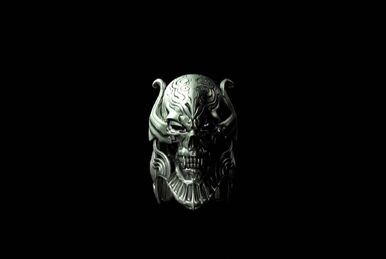
Some titled Makai Knights are partnered with special Madougu, sentient jewelry acting as avatars for benign Horrors to communicate with a Makai Knight they are contracted to, offering insights on the Horrors they fight or helping detect their activities, GARO's eternal partner is the Madou Ring, Zaruba, the only character to have definitively appeared in live action and animation. The prevalence of Madougu partners varies wildly by era, being almost universal among titled Titles Knights at some points, and virtually unheard of in others.
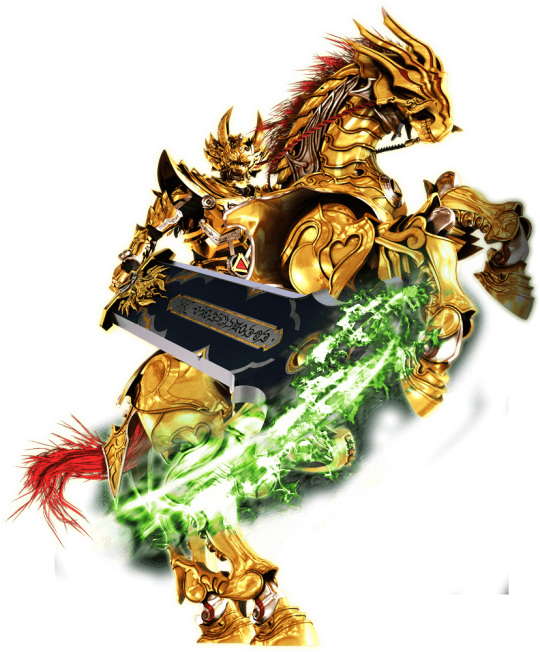
Certain Makai Knights can, after sealing 100 Horrors, be given a challenge the completion of which allows them the use of a Madou Horse associates with their armour.
Dependent on the era, Makai Order members act in their own volition, under the guidance in senior Makai Priests, or under the auspices of Watchdogs who oversee activity within a territory.
A common but not universal feature of the franchise are Dark Makai Knights, who have fallen to darkness in some way. This has been done in so many different ways I won't go into it. Dark Makai Priests have also appeared, but are less common. Another common feature is acquiring a special transformation for the final battle that is typically seen as a one-off.
Rather than list every entry in release order, I will be breaking my introductions into eras, some of which can be further divided. In essence though, there are 2 distinct eras, plus a few extra, and the anime.
24 notes
·
View notes
Text
I guess I'm goin on a fantasy anime binge now. Its been a long time since I've watched fantasy anime.
#reblog#blag blah blah#watching anime#the ancient magus bride#the vision of escaflowne#Garo the animation#restaurant from another world#Garo: The divine flame movie#overlord#log horizon#rage of bahamut
16 notes
·
View notes
Text

Leon thinks about both the past four years and his feelings on love and sex, specifically regarding his lover Julio.
For Arospec Awareness Week and Arospec Fanworks Week! Prompt is Free Day! 1900+ words. Recipro MC and Aroacespike OC. Foreplay and sexual content. Queer platonic attraction. One more day/fic to go you guys!! @arospecfanworksweek
Ao3
Fanfiction dot net
Quotev
#leon luis#Rolaplayart#kaio julio martins#garo honoo no kokuin#garo divine flame#garo the animation#aro week#aro week 2021#asaw2021#asaw#arospec awareness week#arospec awareness#recipromantic#reciproromantic#reciprosexual#arospike#acespike#fanfic#arocreatives#i tried writing smut and i couldnt do it im very very sorry
9 notes
·
View notes
Photo


#garo honoo no kokuin#garo divine flame#garo the animation#leon lewis#alfonso san valiante#german lewis#ema guzman#gif:garo#mygif
46 notes
·
View notes
Photo





Just look at that two pair of siblings being so affectionate to each other~~~~ 😭😭💖💖 And the German at this corner looking at those two~~~~




This scene is so pretty I'd like to believe this was the true happy ending to Divine Flame, just a dad spending time with his two kids whom he loves so much.... nono nothing bad happened to German after this nopenope 😢😢😢
1 note
·
View note
Text







0 notes
Text

Today’s disabled character of the day is Dario Montoya from Garo: Honoo no Kokuin, who is blind
#Blind Character#Dario Montoya#Garo: Honoo no Kokuin#Garo Movie: Divine Flame#garo montoya#disabled character of the day
3 notes
·
View notes
Photo

Garo: Divine Flame (2016)
#movies#anime movie#anime#garo: divine flame#yuichiro hayashi#action#blood#anime gif#gif#japan#japanese
2 notes
·
View notes
Text
In which the practice of taking copious numbers of screenshots justifies itself.
I don’t want this to be thought of as an analysis piece, but as the continuation of an evolution of perspective I’ve been going through since I watched Gundam Unicorn and the Macross Frontier films. In a way, Garo: Divine Flame (the sequel film to the 2014-2015 TV anime series, Garo: Hono no Kokuin, directed by Yuichiro Hayashi) is a worthy successor to its two predecessors in this chain, seeing as the Makai Knights are basically giant robots—with eyebeams and all—once they transform. But that has nothing to do with what this post is really about; rather, it’s the visual world that said mecha wannabes inhabit that demands our attention.
Part 1 – How Garo: Divine Flame Speaks
Hayashi’s work on the Garo TV series was good (he storyboarded 8 episodes himself), and looking back it’s easy to see the seeds of the distinct visual vocabulary Garo: Divine Flame adopts in his work there. As an intellectual conclusion, this is interesting, but it pales compared to the stunningly immersive experience of actually watching the film. Seeing Divine Flame—and I mean literally “seeing” it with your eyes—is like hearing the movie speak. Language is a common metaphor for cinematography (I’ve already used it once myself in this paragraph), but as I watched the film I felt I finally understood this in a more profound way than ever before.
If the creation of image on screen is a language, then Garo: Divine Flame is a poet—for it’s command of said language is vast, thorough, inventive, and beautiful. An non-exhaustive selection of the film’s favourite turns of visual phrase follow.
I. Lines, Shapes, Geometry
This film and its obsession with bridges, stairs, and arches is something else. It’s one thing to like a particular style of architecture; it’s another entirely to make sure that you’re using that same image throughout the entire film (the selections below are scattered from the beginning of the film all the way through the end). On its own this is something, but it also fits into a larger dialect Divine Flame taps into, which is the use of strong lines and shapes. The bridges just happen to combine both of these things because they always get used in long shots where the walking surface cuts through the middle of the shot.
#gallery-0-19 { margin: auto; } #gallery-0-19 .gallery-item { float: left; margin-top: 10px; text-align: center; width: 33%; } #gallery-0-19 img { border: 2px solid #cfcfcf; } #gallery-0-19 .gallery-caption { margin-left: 0; } /* see gallery_shortcode() in wp-includes/media.php */
But you can take away the shape parts and just leave the lines and still get some truly dynamic images thanks to the way lines can lead the eye through the frame and imply motion. In particular I’d note that the first, third, and fourth screenshots are all moments of stillness following a motion, and that the preceding movement is exactly what you’re probably thinking it is. The second and sixth screenshots express motion-to-come, and likewise, you know what to expect thanks to the composition.
Also relevant is the fact that with shots like the fourth you also get shapes anyways, so it’s not as clean cut a distinction as the categorization of this post implies.
#gallery-0-20 { margin: auto; } #gallery-0-20 .gallery-item { float: left; margin-top: 10px; text-align: center; width: 33%; } #gallery-0-20 img { border: 2px solid #cfcfcf; } #gallery-0-20 .gallery-caption { margin-left: 0; } /* see gallery_shortcode() in wp-includes/media.php */
And then, you’ve go just shapes on their own, for which I’ve only got two screenshots because that all I bothered to grab. But there are circles, implied circles, squares, arches, triangles, and whatever else all throughout the film.
II. All the Colors, and All of the Lights
I made fun of Pacific Rim a while back because of its heavy (over)reliance on the memetic blue/orange color combination. I loved Pacific Rim, but someone needs to tell del Toro that there are other colors in the world (and while you’re at it, send that memo to Takuya Igarashi, too, as Bungo Stray Dogs did the same thing). I don’t have an ingrained dislike of blue and orange, but heavens is it nice to see a film that actually uses the full spectrum of the rainbow—and to beautiful effect.
I have taken the liberty of selecting seven shot from Garo: Divine Flame, each of which correspond to a color of the rainbow.
While it’s true that the blue/orange contrast does show up at times, I’m grateful that the film never resorts to ping ponging back and forth between the two colors ad naseum (and even leans into other pairs of colors at times). Instead, it reserves the recognizable contrast for relevant moments like the shift from the heat of the burning castle to the chill of what remains after it (and the passion that accompanied it) have been reduced to ashes.
Divine Flame is also bathed in beautiful and varied lights, making gorgeous use of sources both natural and supernatural. In some moments subjects are lit by the glow from inhuman creatures, magic, the sun or moon, isolated lamps, and even non-lights like the dank murk of an ugly green mist. The sheer, consistent inventiveness of the lighting is astounding, as is the film’s grasp of variation within larger categories (not all magic light looks the same, different times of day are clearly different).
#gallery-0-22 { margin: auto; } #gallery-0-22 .gallery-item { float: left; margin-top: 10px; text-align: center; width: 33%; } #gallery-0-22 img { border: 2px solid #cfcfcf; } #gallery-0-22 .gallery-caption { margin-left: 0; } /* see gallery_shortcode() in wp-includes/media.php */
III. The Beauty of Nothing: Negative Space
There’s a general kind of way you can split a composition in half, which basically just gives two different subjects equal positioning in the screen, and then there’s the way Garo: Divine Flame splits the screen, which uses vast swathes of negative space (often, the sky) separated by hard lines to make the subjects pop from the screen.
This isn’t to say that this is the only way Divine Flame uses negative space to create attractive compositions, but it’s certainly the one that’s most visually arresting.
#gallery-0-23 { margin: auto; } #gallery-0-23 .gallery-item { float: left; margin-top: 10px; text-align: center; width: 50%; } #gallery-0-23 img { border: 2px solid #cfcfcf; } #gallery-0-23 .gallery-caption { margin-left: 0; } /* see gallery_shortcode() in wp-includes/media.php */
IV. On Distant Stagecraft and Immediate Motion
This is two categories rolled into one because they present a nice duality within the film and because this post is getting long. The dramatic stylings of Divine Flame lend themselves well to flat layouts and careful blocking techniques that ape the feeling of the stage, an effect achieved as often through sparse locations and foreground elements as shots that use the ground or other parts of the shot to create a frame within a frame.
In parallel, Divine Flame also incorporates numerous close-up shots, offering in contrast to stage-like techniques that create dramatic distance viscerally immediate closeness that breaks through the artifice of theater to draw the audience into a single action. And while the selections below stand out more as isolated moments, it’s worth noting that close-ups pervade the film’s action sequences to marvelous effect as well (as seen in the opening seconds of this sequence).
Near and far… there is a sort of harmony there…
#gallery-0-24 { margin: auto; } #gallery-0-24 .gallery-item { float: left; margin-top: 10px; text-align: center; width: 33%; } #gallery-0-24 img { border: 2px solid #cfcfcf; } #gallery-0-24 .gallery-caption { margin-left: 0; } /* see gallery_shortcode() in wp-includes/media.php */
Part 2 – Two Languages Need Not Mean the Same Thing: How Should We Understand Visual Storytelling?
I knew I wanted to talk about the visuals in Garo: Divine Flame as soon as I finished the movie, but I wasn’t quite sure how I wanted to talk about them at first. Scale of doing the project aside, I knew I wasn’t interested in doing the same kind of cinematography close readings I did for shows like Hyouka and Blood Blockade Battlefront. That kind of analysis just didn’t seem to be appropriate for something like this movie. I don’t mean this as a pejorative towards the Garo film, but there was a kind of intricacy to the cinematography of those two shows that was replaced with a far more sweeping and wide-reaching cinematography in Divine Flame. To put it another way, Hyouka and Blood Blockade Battlefront are exercises (very complete ones at that) in very precise cinematography. Divine Flame paints with broader stokes.
Part of why this is so perhaps derives from the fact that the stories being told in these three works are different. Both Hyouka and Blood Blockade Battlefront (particularly the former) deal with complexities of characters and situations that Garo: Divine Flame either has no time or no inclination for. So in assessing the quality of the the two TV series’ use of visual language, it can be said to be good because the visual and written elements work in unison to convey information to the audience. There is an acute harmony there.
The subtext here, though, is that good visuals mean are made “good” when they back up the story well—and the cinematography of both these TV anime can be said to do this. But this further implies that the story is the main feature. Remove the story and leave all the visual elements and you have something that looks evocative and pretty, but doesn’t “mean” anything. Right?
Before watching the Garo movie, I might have been inclined to answer yes (in fact, I think I said as much in the piece I linked earlier on Gundam Unicorn and the Macross Frontier films). But having seen Yuichiro Hayashi’s masterpiece, I conclude that even had I watched it with no sound and no subtitles, I would have found it compelling. The visual language is just that good.
Subtitle of this section be damned, I’m deliberately avoiding the phrase “visual storytelling” when talking Garo: Divine Flame for a reason—because I don’t necessarily think the idea of a story is the best paradigm for understanding why the film’s visuals work the way they do. Earlier in this piece I used the analogy of poetry for Divine Flame‘s visual language, and I find that a fitting distinction to draw between what it is that this film is doing and what something like Hyouka‘s cinematography is doing. In essence, it’s a matter of priority.
Where Hyouka seeks to use its visuals in equal complementarity with its story, Garo: Divine Flame‘s style seems to me to be more like a visual aria being sung over the story (with Blood Blockade Battlefront existing somewhere in the middle). Rather than each shot adding a bit of texture here or a tiny increase in understanding of the characters there in painstaking detail, the cinematography of Divine Flame dumps buckets of gorgeous paint over the canvas of the film. The numerous specific techniques (some of which I’ve highlighted above) certainly contain “information” of a sort, but to only encounter each individual shot through the constant question “what does this mean?” ultimately fails to understand the film’s goals or offer a suitable methodology for appreciating its successes. The many shots that make up this film don’t have mean anything, and they certainly don’t demand to be shackled to the film’s (merely) serviceable and enjoyable story.
The visuals justify themselves, on their own terms and for their own sake. What say you, Leon?
In which the practice of taking copious numbers of screenshots justifies itself. In which the practice of taking copious numbers of screenshots justifies itself.
1 note
·
View note
Text
I loved that they had moments like these in the movie. I was hoping they'd be there.


10 notes
·
View notes